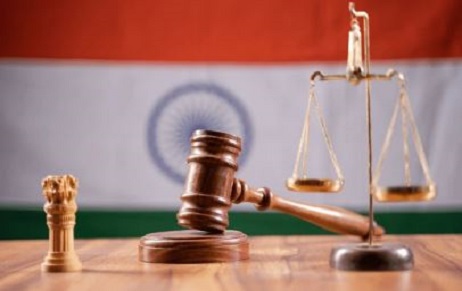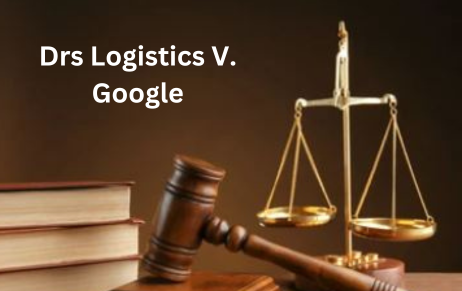ABSTRACT The project employs doctrinal research methods, i.e. secondary research which involves writing on basis…
An Insight Into The Jurisdiction Of ASCI
Introduction
In the recent years, India, as one of the fastest growing marketplaces, has witnessed tremendous competition in the field of Advertising industry. The existence of a huge population coupled with their ever-increasing purchasing capacity has created a profitable market in India which has led to a cut-throat competition between the sellers. Thus, every competitor in such a lucrative market wants a piece of the pie, which often leads to the sellers making false and misleading claims about their products and services through the advertisements.
There has been a considerable rise in the instances of false and misleading advertisements recently in India. Thus, like every other major economy, India also has a sole organisation The Advertising Standards Council of India that was established to promote honest advertising and fair competition in the market in order to protect the interests of the consumers. However, this has also given rise to some legal consequences which shall be discussed in the later part of this post.
The Advertising Standards Council of India
The Advertising Standards Council of India (ASCI) is a self-regulatory organisation which was established in the year 1985 for the regulation of the Advertising industry and to safeguard the interests of the consumers. The ASCI was the formed with the concerted efforts of the four main sectors of the advertising industry viz. Advertisers, Advertising Agencies, the Media (which includes the Broadcasters and the Press) and other associated organisations such as PR Agencies, Market Research Companies etc. The ASCI is registered as a ‘Not-for-Profit Company’ under Section 25 of the Indian Companies Act of 1956.
The organization has a Board of Governors which consists of 16 members who represent Advertisers, Agencies, Media and other individual firms. It also has a Consumer Complaints Council (CCC), which has 21 members out of which 12 members are eminent personalities from various fields such as Engineering, Legal, Medical, Human Resource and Consumer Interest Groups and the rest 9 members are from the Advertising industry.
The ASCI Code
The ASCI has also adopted a Code for Self-regulation in advertising. The ASCI Code for Self-Regulation of Advertising content in India (Code) was drawn up by the people in professions and industries in or connected with advertising, in consultation with the representatives of the people affected by advertising, and was accepted by the individuals, corporate bodies and associations engaged in or concerned with the practice of advertising.[1]
As the Code becomes increasingly accepted and observed pro-actively, three things will begin to happen.
- Lesser false or misleading claims
- Fewer unfair advertisements
- Increasing respectability.[2]
This ASCI Code applies to advertisements read, heard or viewed in India even if they originate or are published abroad so long as they are directed to consumers in India or are exposed to significant number of consumers in India.[3] The ASCI Code is also a part of the Cable Television Networks Rules, 1994 (Rules). The Rule 7 (9) states that, “No advertisement which violates the Code for self-regulation in advertising, as adopted by the Advertising Standards Council of India (ASCI), Mumbai for public exhibition in India, from time to time shall be carried in the cable service.” This recent amendment in the Rules has now increased the power of the ASCI.
Jurisdiction of The ASCI
The jurisdiction of the ASCI in cases related to the infringement of intellectual property rights is making a way for being a well-established law.
In the case of Procter and Gamble Home Products Private Limited vs. Hindustan Unilever Ltd.[4], the Delhi High Court had discussed the issue pertaining to the jurisdiction of ASCI. The court held that the ASCI has been established as a self-regulatory body in the field of advertising and not for dispute resolution or for resolution of claims made by the Plaintiff in the suits against the Defendant. Although, the ASCI has a Complaints Committee, but only to ‘self-regulate’. The ASCI, even if finds merit in complaint, can only recommend the advertiser to remove the advertisement but has no mechanism to compel removal of the advertisement or to grant any interim relief or to award damages.
The Delhi High Court decided upon the same issue in the case of Metro Tyres Ltd Vs. The Advertising Standards Council of India & Anr[5], however, this time the Court took a different view. The Court observed that the district courts are empowered under the Copyright Act, 1999 (Section 62) and the Trademark Act, 1999 (Section 134) to adjudicate upon infringement cases, however, this shall not preclude the jurisdiction of ASCI in adjudicating upon infringement cases. The Court also recognised the role of self-regulatory bodies in curtailing the litigation thereby providing a mechanism for amicable settlement of disputes and also function as an alternative dispute mechanism.
Conclusion
The ASCI has been established as a self-regulatory body and it has evolved over the time as an alternate mechanism for dispute resolution. The role of ASCI has also been recognised by the Hon’ble Supreme Court[6] as a self regulatory mechanism for advertising content in India. However, the law with regard to the jurisdiction of ASCI in claims of copyright infringement still needs to be more focussed in order to have a strong legal backing. However, with respect to the ASCI as a company under Section 25 of the Companies Act of 1956, a question is always raised that can it exercise its control over entities and pass orders against other entities. Till now, it has been observed that ASCI can only make recommendations and cannot assume the powers of a civil court in granting an interim relief. Thus, the opinions of High Courts of various jurisdictions needs to be observed so that the legal position of ASCI is cleared and affirmed.
Author: Harshit Dave, legal intern at Khurana & Khurana, Advocates and IP Attorneys. In case of any queries please contact/write back to us at [email protected].
References:
[2]ibid
[3]ibid
[4] 238 (2017) DLT 585
[5] 83(2000) DLT 205
[6] Common Cause (A Regd Society) v Union of India and Ors 2017 (2) SCALE 169



